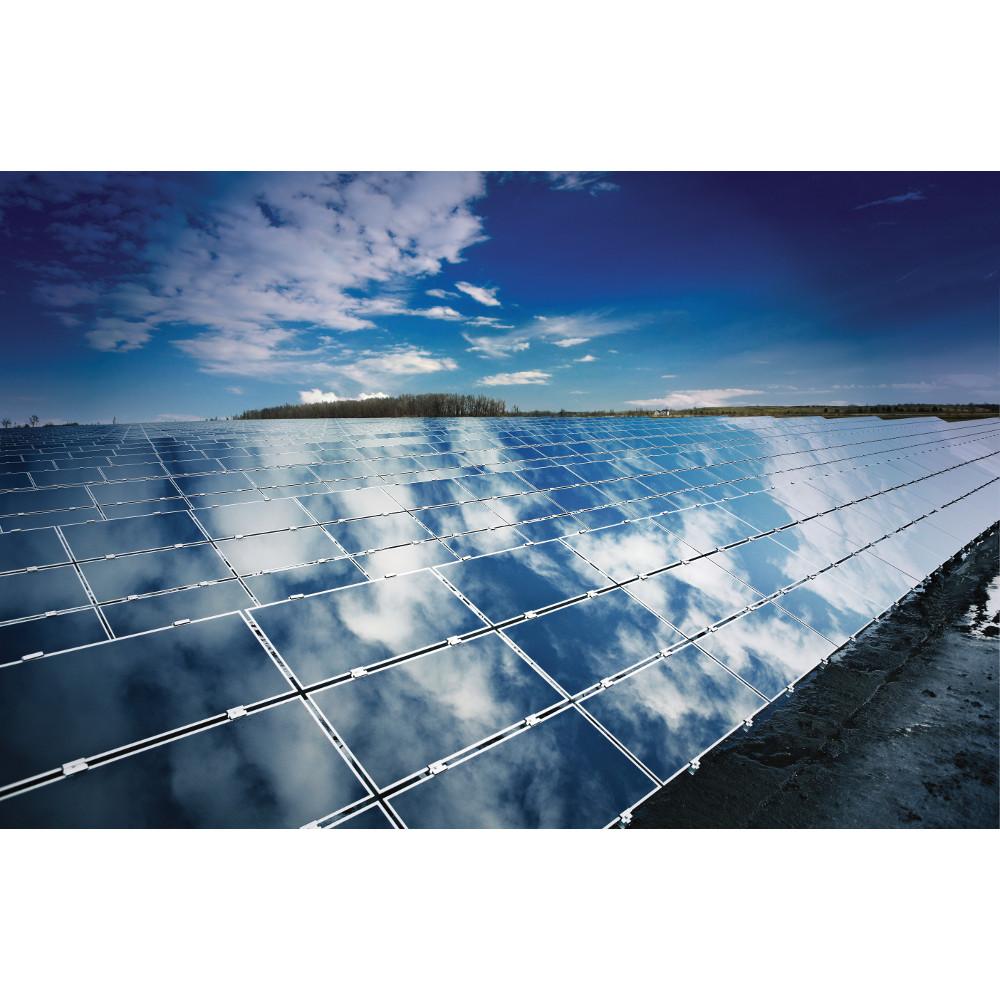Microgrids Boost Energy Resilience and Independence at Military Installations

Microgrids Boost Energy Resilience and Independence at Military Installations
The Department of Defense (DoD) has committed to deploying 3 gigawatts of renewable energy throughout military installations by 2025. Military bases all over the world have taken a proactive approach in achieving these goals, with many implementing solar photovoltaic (PV) generation. Energy initiatives aside, increased deployment of distributed energy resources (DERs) such as solar PV can integrate with comprehensive microgrid solutions that can help meet DoD goals and ultimately boost energy resilience and independence, especially vital for mission-critical facilities.
According to the 2016 Black & Veatch Strategic Directions: Electric Industry Report, 34 percent of electric service providers already own or operate microgrids or DERs. Microgrid benefits for the energy industry include energy autonomy, sustainability, resilience or rural electrification and wider distributed generation penetration. These benefits can be applied in a similar manner at military installations and should be taken into consideration by energy program managers throughout the DoD.
What is a microgrid?
Microgrids are integrated systems of multiple power generation sources and electric loads. When operated under a consolidated control and energy management system, microgrids can produce and distribute electricity and operate independently from the larger power grid. Microgrid elements can include renewable energy, fossil power, energy storage and a control and energy management system. To reach the DoD’s renewable energy goals, energy program managers will need to better understand the potential components that should be integrated in a modern microgrid.
Black & Veatch designed and built a microgrid that provides enough clean energy to run the company headquarters’ 12,000 square-foot Rodman Innovation Pavilion. The microgrid system generates electricity through a combination of natural gas, solar energy, geothermal and battery storage and is managed through ASSET360™, the company’s cloud-based analytics platform. ASSET360™ collects data from the system and monitors both the performance of each component and the overall integrated system in real time. ASSET360™ calculates generated energy and usage, and provides insights into energy savings. This information enables Black & Veatch to model different energy generation scenarios for system optimization.
For military facilities required to be “always on,” microgrids can provide physical security and protection against cybersecurity risks. By not having to rely solely on a larger regional grid that may be more averse to compromises, on-base missions can continue uninterrupted.
Confronting the Military’s Energy Future
If military facilities are to meet the DoD’s stringent energy goals, they must plan now to implement solutions that will accomplish initiatives as well as benefit missions long-term. With an expected increase in defense spending, securing operations at military installations will only be of growing importance. Microgrids provide a holistic solution to fortifying energy resilience and independence. When integrated with existing resources and connected to the local power grid, they can also provide cost-savings from operational budgets. Energy integrators already have case studies to observe and learn best practices at proactive bases such as Fort Hunter-Liggett and MCAS Miramar that can be applied to facilities all over the world.

